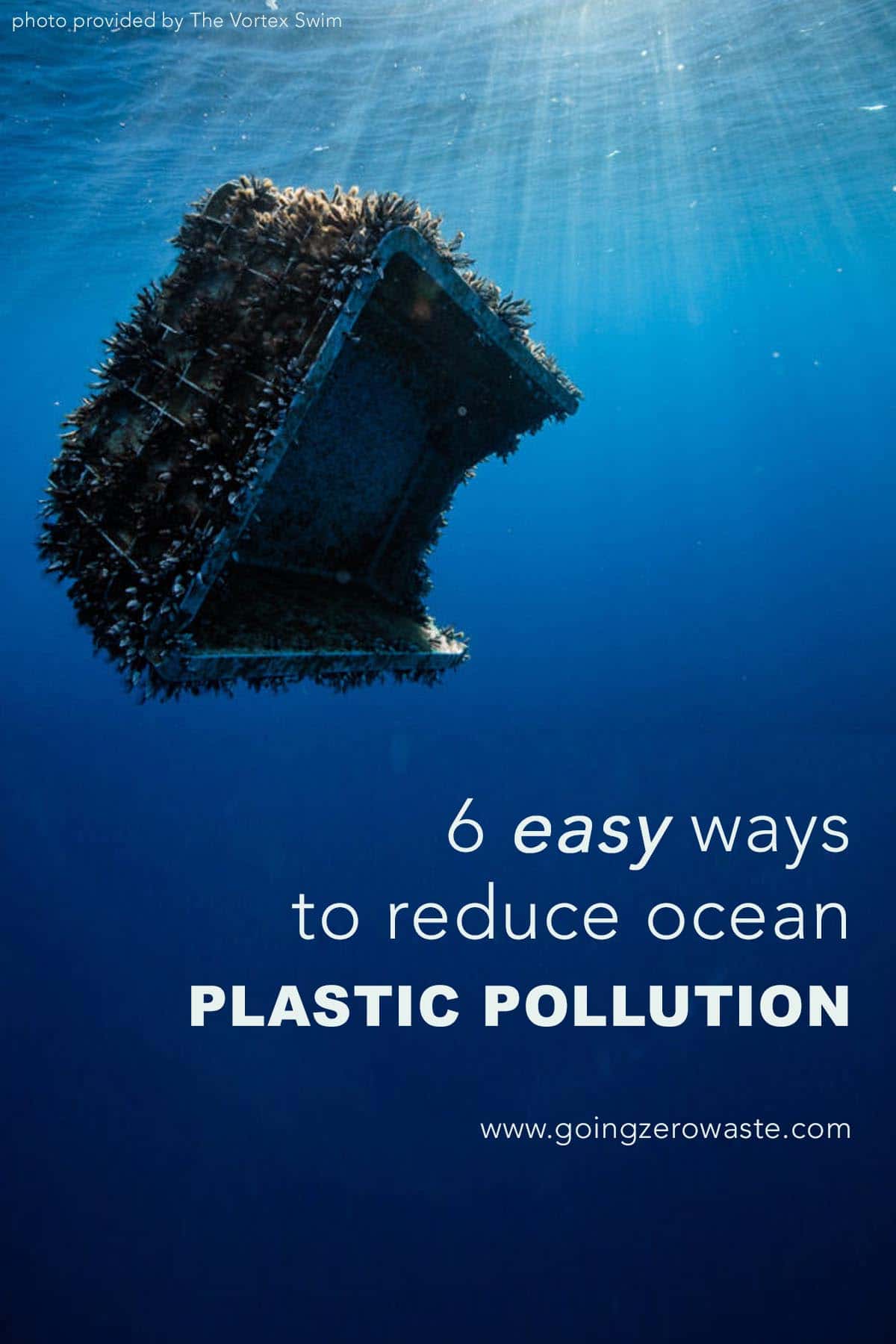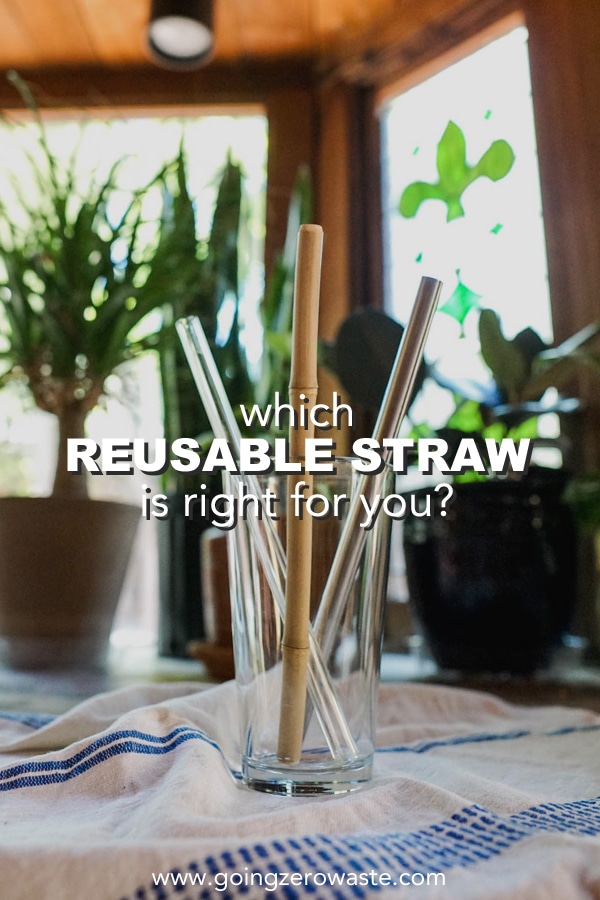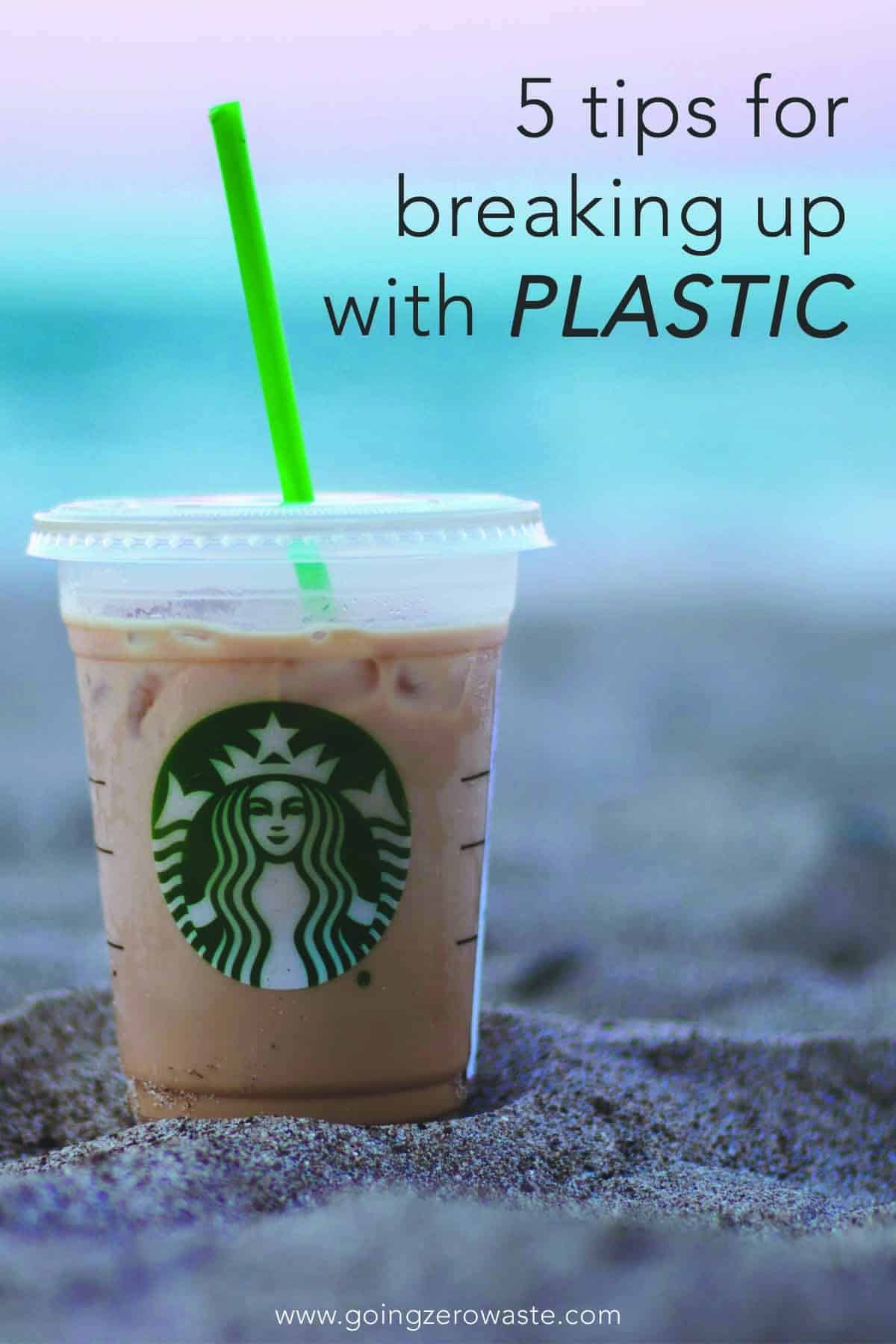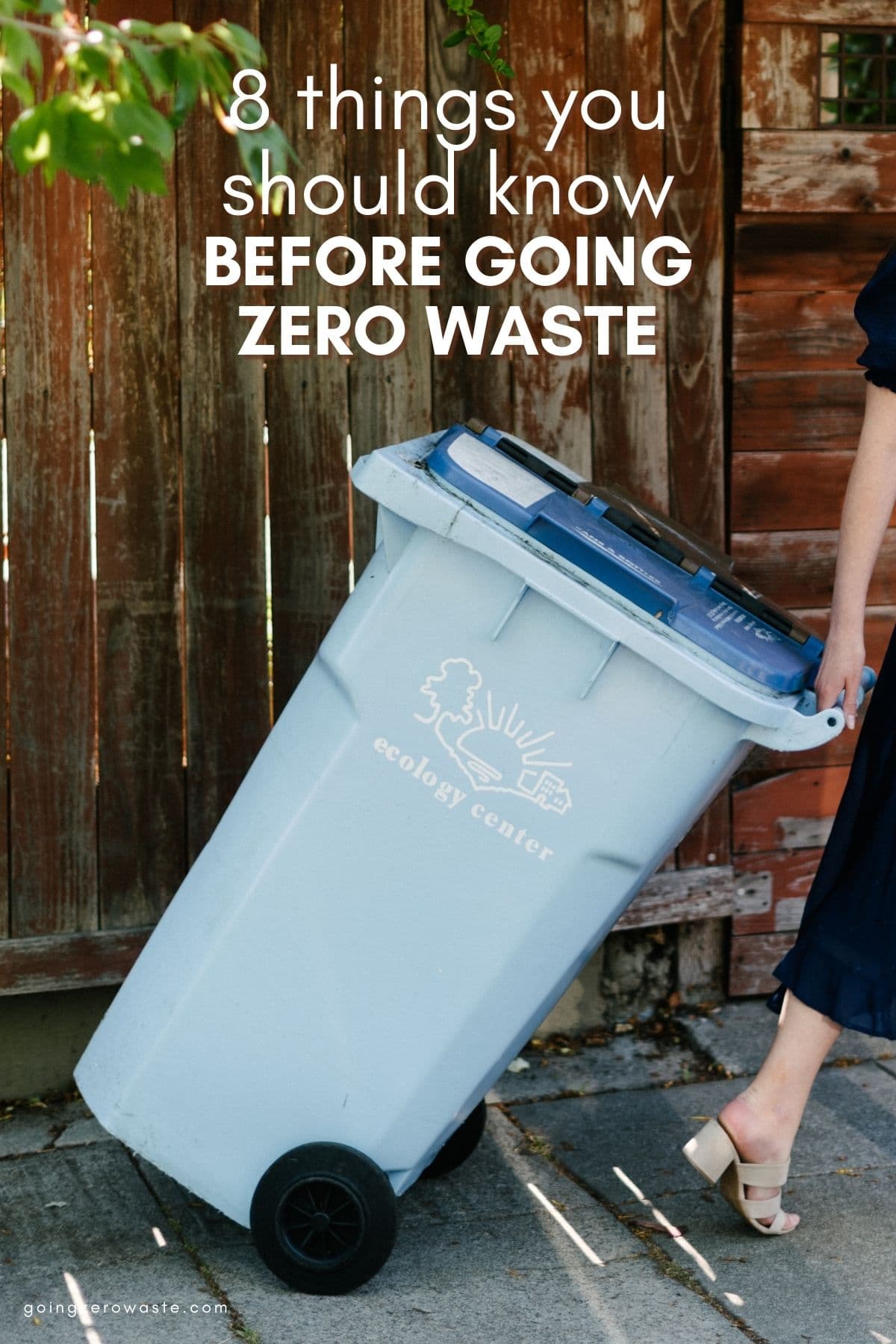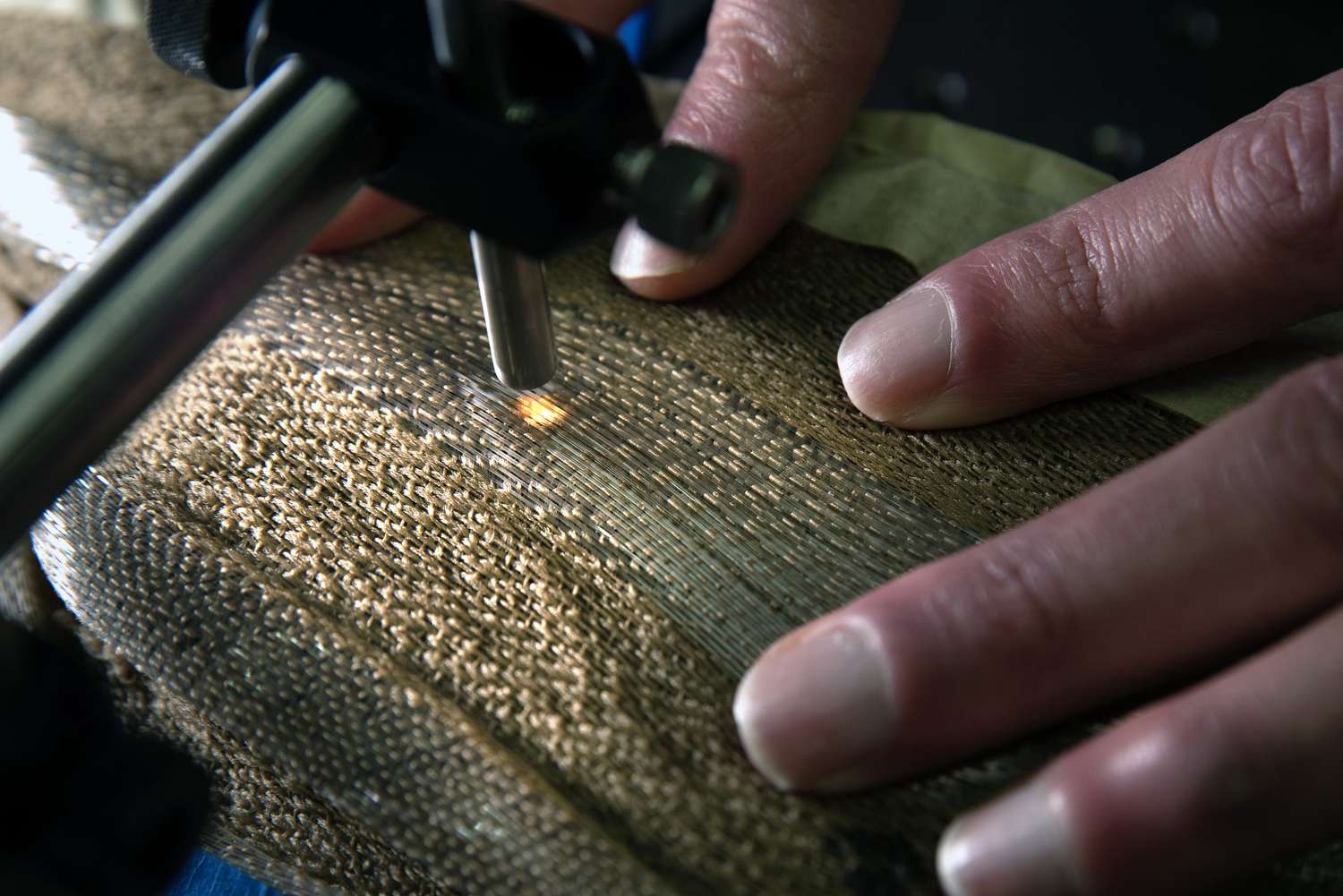The garments commerce is a big quantity. Fast vogue and the rapid-fire biking of traits means we’re tossing out clothes at an astonishing value. And sadly, we’re doing a horrible job of recycling the discards. Within the USA, decrease than 15% of the 92 million tons of garments and totally different textiles are recycled yearly, that implies that over 17 million tons of textiles are despatched to landfills yearly.
A number of the difficulty lies within the reality that recyclers have a troublesome time understanding what exactly the merchandise is manufactured from, and thus, these mountains of textiles are extraordinarily troublesome to sort. Tags are typically decrease off or washed until illegible, whereas tagless (printed) knowledge can placed on off. Missing or inaccurate details about an merchandise’s fiber composition might make textile recycling cost-prohibitive.
If solely there have been an answer to create a tag describing the textile, which was woven into the fabric and remained invisible until it wished to be be taught…
Properly, bingo. That’s exactly what a Faculty of Michigan-led crew has developed: Woven-in labels made with low-cost photonic fibers, which be sure that the provides utilized in a garment might be merely acknowledged.
“It is sort of a barcode that’s woven straight into the fabric of a garment,” talked about Max Shtein, Faculty of Michigan (U-M) professor of provides science and engineering and corresponding author of the study detailing the model new experience. “We are going to customise the photonic properties of the fibers to make them seen to the naked eye, readable solely under near-infrared delicate or any combination.”
As described throughout the study’s abstract, the intrinsically recyclable, low-cost labeling system is comprised of drawn photonic fibers woven into supplies, “characterised by near-infrared spectroscopy and short-wave infrared imaging.”
An similar concept is already in use by recyclers for some provides, explains U-M’s Gabe Cherry in a press launch saying the evaluation. “Recyclers already use near-infrared sorting packages that set up completely totally different provides in accordance with their naturally occurring optical signatures,” writes Cherry. “The PET plastic in a water bottle, as an example, appears completely totally different under near-infrared delicate than the HDPE plastic in a milk jug.”
Like completely totally different plastics, completely totally different supplies even have distinctive optical signatures. Nevertheless as Brian Iezzi, lead author of the study, explains, these signatures don’t help recyclers loads because of so many supplies are comprised of a mixture of provides.
“For a extremely spherical recycling system to work, it’s important to know the precise composition of a material—a cotton recycler doesn’t have to pay for a garment that’s manufactured from 70% polyester,” Iezzi talked about. “Pure optical signatures can’t current that stage of precision, nonetheless our photonic fibers can.”
Shtein gives that not solely could the labels make recycling additional attainable, nonetheless might presumably be used to let clients know “the place and the best way gadgets are made, and even to verify the authenticity of brand-name merchandise.”
“As digital devices like cell telephones grow to be additional refined, they could in all probability have the pliability to be taught this kind of photonic labeling,” Shtein talked about. “So I could take into consideration a future the place woven-in labels are a useful attribute for purchasers along with recyclers.”
What we truly need is to have fewer clothes to recycle throughout the first place; we might like a cultural shift away from rapidly altering vogue traits and a funds clothes that feed them. However we’re going to attainable on a regular basis have tons of textiles landing in landfill. If weaving in a selected fiber can also assist get textiles proper right into a spherical recycling system, then carry it on. As of now, the crew has utilized for patent security and is analyzing paths forward to commercialize the experience.
The study, Polymeric photonic crystal fibers for textile tracing and sorting, was revealed in Superior Provides Utilized sciences.

